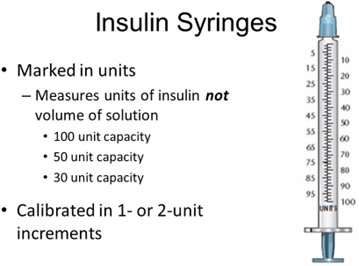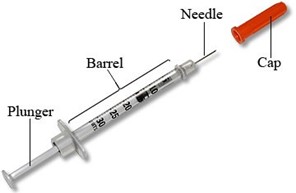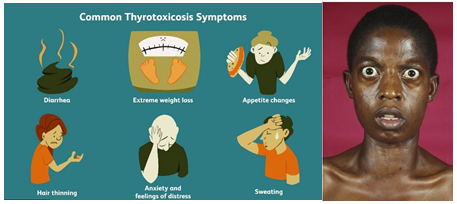The nurse is assessing a 55-yr-old female patient with type 2 diabetes who has a body mass index (BMI) of 31 kg/m2.Which goal in the plan of care is most important for this patient?
The patient will choose a diet that distributes calories throughout the day.
The patient will reach a glycosylated hemoglobin level of less than 7%.
The patient will follow a diet and exercise plan that results in weight loss.
The patient will state the reasons for eliminating simple sugars in the diet.
The Correct Answer is B
Glycosylated hemoglobin (HbA1c) is a measure of the average blood glucose levels over the past 2-3 months. An HbA1c level of less than 7% is associated with a reduced risk of microvascular and macrovascular complications in patients with diabetes. This is a critical goal because uncontrolled blood glucose levels can lead to complications such as neuropathy, nephropathy, retinopathy, and cardiovascular disease.
While options a, c, and d are also important in the management of diabetes, they are not as critical as achieving glycemic control. Choosing a diet that distributes calories throughout the day can help regulate blood glucose levels and prevent hypoglycemia. Following a diet and exercise plan that results in weight loss can also help improve glycemic control and reduce the risk of complications. Understanding the reasons for eliminating simple sugars in the diet is important for overall diabetes education, but it is not the most important goal in the plan of care for this patient at this time.

Nursing Test Bank
Naxlex Comprehensive Predictor Exams
Related Questions
Correct Answer is C
Explanation
An insulin syringe is measured in units (U). The concentration of insulin is usually expressed in units per milliliter (U/mL), and the volume of the syringe is also measured in milliliters (mL), but the actual dosing of insulin is in units. It is important to use the correct syringe size and to measure the correct number of units to ensure accurate dosing of insulin.


Correct Answer is ["B","E","F"]
Explanation
The other options are not typically used in the treatment of thyroid storm. Captopril is an angiotensin-converting enzyme (ACE) inhibitor used for hypertension and congestive heart failure, amiodarone is an antiarrhythmic drug used for cardiac arrhythmias, and aspirin is a nonsteroidal anti-inflammatory drug (NSAID) used for pain relief and fever reduction.
Whether you are a student looking to ace your exams or a practicing nurse seeking to enhance your expertise , our nursing education contents will empower you with the confidence and competence to make a difference in the lives of patients and become a respected leader in the healthcare field.
Visit Naxlex, invest in your future and unlock endless possibilities with our unparalleled nursing education contents today
Report Wrong Answer on the Current Question
Do you disagree with the answer? If yes, what is your expected answer? Explain.
Kindly be descriptive with the issue you are facing.

